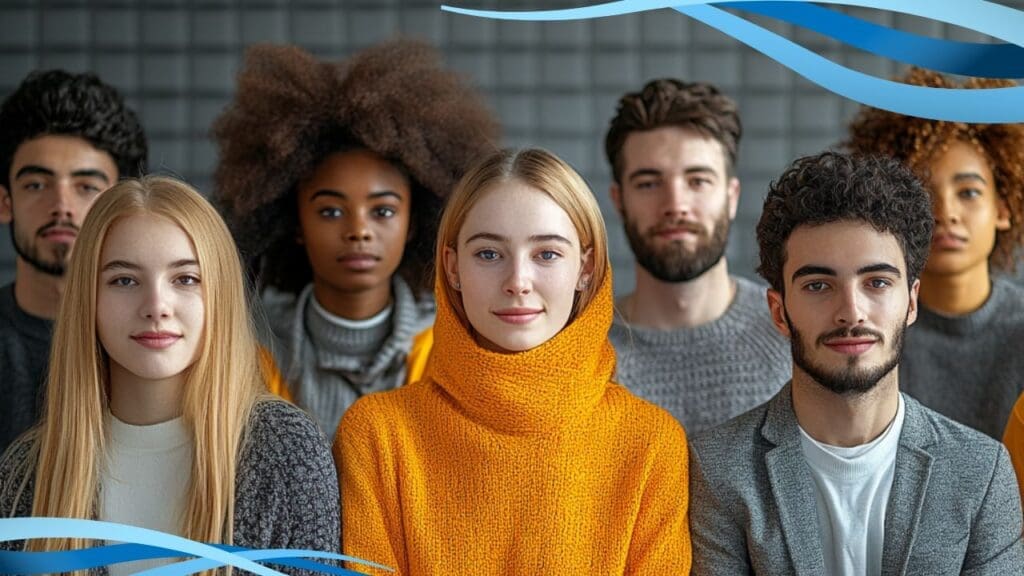The United Nations on September 20th had a very different feeling. Or vibe, as the younger generation would say. Appropriately so because it was their day, totally organized by youth, with videos and music, statements and pledges in the language and style of young people.

Quite a difference—a welcome change—from the usual UN look of mostly older men and women filling the corridors.
The two “Action Days” (9/20-21) were the lead-in to the much-anticipated Summit of the Future, an event intending—hoping? —to re-energize efforts to push forward the UN’s 2030 Agenda. All 193 Member States approved the agenda and pledged to fulfill its promise of a sustainable, healthy and more equitable life for People and the Planet while leaving no one behind. The sad truth, however, is that in 2024, with only 6 years to go, the best estimates show only 17% of the 17 Goals are on track for completion.
So, the first Action Day was all about youth, their hopes and dreams, and their pledges to bring energy and vision to shape the future world they will inherit. Half the world’s population is under 30 years of age, yet young people are not always taken seriously in spaces of high-level decision-making. And they said so, loud and clear.
Applauding the Secretary-General’s initiative to establish a UN Office for Youth, speakers insisted that this must be only a first step. No more youth on the margins; they need to be in the center of things. They must be heard, and they deserve a seat at the table. They may lack the experience and wisdom of the more mature, but they bring a fresh look and new insight, as well as obvious comfort with the use of new and emerging technologies. But they demand authenticity from leaders, more action than talk, if we are to have responsible institutions.
It struck me as a significant step forward and reminded me of the comments made by a former ambassador who was deeply involved in the formulation of the 2030 Agenda (the SDGs): a key weakness at the UN is old thinking yet new problems, old structures and process incapable of meeting new challenges. We will need to employ Artificial Intelligence to help resolve the issues of the day. but what are we doing to understand its potential yet safeguard its positive use, and to keep pace with its rapid development?
New wineskins anyone?
The Summit of the Future itself, two days later, did not measure up to the hyped-up promise of a singularly important major event, and certainly not what the NGO community hoped for. There were no major breakthroughs, no binding resolutions. Some States still resist any talk of Human Rights. And many prefer to speak of housing but not mention homelessness.
But it was not entirely business as usual either. There are always signs of hope. Issues are discussed, Member States continue to talk with each other. Dialogue is mostly cordial and respectful. Although adding other missing content to the 2030 Agenda is not possible currently, no one calls for the elimination of any aspect of the 17 Goals.
But for me the brightest sign of hope is the significant step forward young people have made in stating their case for meaningful involvement in shaping the future they will live in. They embrace the Sustainable Development Goals, and they are already deeply involved in so many places globally with climate action. It seems they will have a stable presence within UN deliberations going forward. They herald change and we should welcome it.
Welcome young folks. The future really is yours.
Jim Claffey
UN NGO Representative of the Congregation of the Mission

